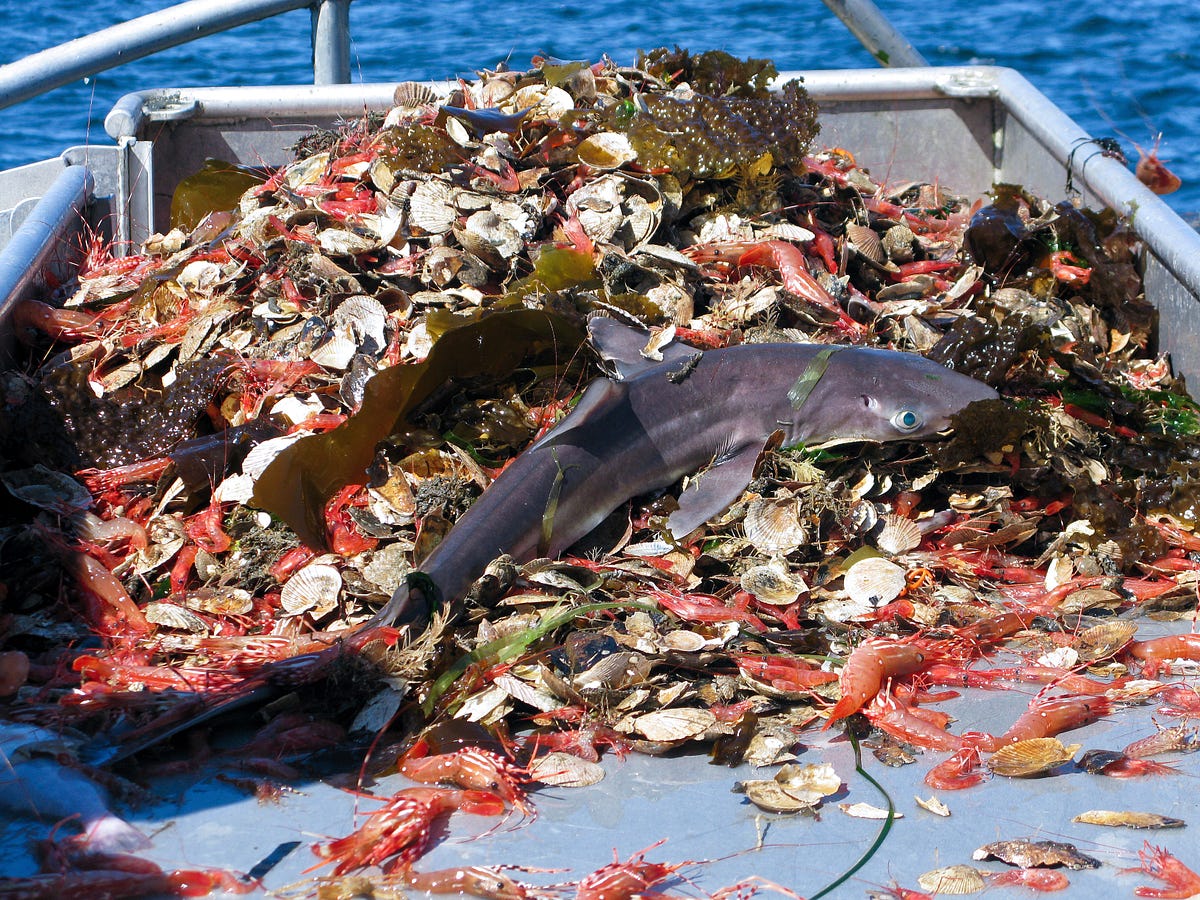Downtown Charleston, South Carolina, which sits nearly at sea-level, deals with periodic flooding events whether its caused by the king tides, a heavy summer thunderstorm, or storm surge from a hurricane at least several times a year. Currently, the city usually sees around 11 days of “sunny-day flooding” according to the National Oceanic and Atmospheric Administration, or NOAA for short. Sunny day flooding are days of urban flooding caused only by astronomical forces that influence greater tides. When high tides are higher than usual, this excess water is pushed up the drainage system and onto vulnerable city streets like the intersection of Wentworth and Barre Streets, Fishburne and Hagood Streets, or Morrison Dr as examples as these streets are usually the first to flood during a sunny-day event. Sunny-day floods are problematic as major vehicular arterials can be closed for hours at a time and property can be damaged. Add a heavy summer thunderstorm to the equation and you might as well shut down the whole city for the rest of the day.

The Union of Concerned Scientists anticipates Charleston, SC may see an average of 180 days of sunny day flooding by the year 2045.
However, as sea levels continue to rise, the number of sunny-day flood events have as well in recent years. Trends already show that Charleston is feeling much of the impact coming from sea-level rise. In the 1970s, the City of Charleston only saw an average of 2 tidal flooding events each year compared to the 11 days we see each year now. As sea levels continue to rise, the number of sunny flooding days will rise as well. The Union of Concerned Scientists predicts Charleston will see 180 days, or roughly 1 in 2 days out of the year, of sunny day flooding by the year 2045. While this is just one prediction and others may show different results, all models show the number of days increasing and this should have residents worried.

Mean water level data conducted in the Charleston Harbor showing a linear increase of water level has occurred over the last 100 years.
Luckily for residents, the City of Charleston has accepted that flooding will continue to be a problem if something is not done and has a list of projects that need to be completed to combat the issue in the short term. One of these projects includes Division III of the Market Street Drainage Improvement Project, which starts this year and will take two and a half years to complete. The project will completely replace the current storm water collection system and link to three drop shafts to pump water out of the city. The project will also improve the surface streets to better allow water collection and add more aesthetic to the popular tourist attraction. The Market quickly floods during sunny-day flooding events and thunderstorms, so while it is unfortunate that taxpayers will be paying the brunt for this project, it will ultimately improve the quality of life in this area when it rains.
Unfortunately, many of these projects are expensive and will likely still take years or even decades just to be approved for construction. Also, flooding is a great challenge for most cities located near sea-level, and we will never be able to completely prevent flooding from ever occurring. While the city needs to improve infrastructure to keep up with the rising sea levels, I think it is also unsustainable if we are not building up as well. Eventually, if sea-level rise does continue, we will need to prevent water from coming into the city by other means. For example, what concerns me is that it will only take one direct hit of a powerful hurricane to wipe out everything that we are currently working so hard to keep up. It would take money that we probably do not have to prevent another major flooding event from eventually occurring again even with the infrastructure improvements we are currently making. I honestly cannot think of an effective and permanent solution, but I guess we will just have to wait and see what happens.






